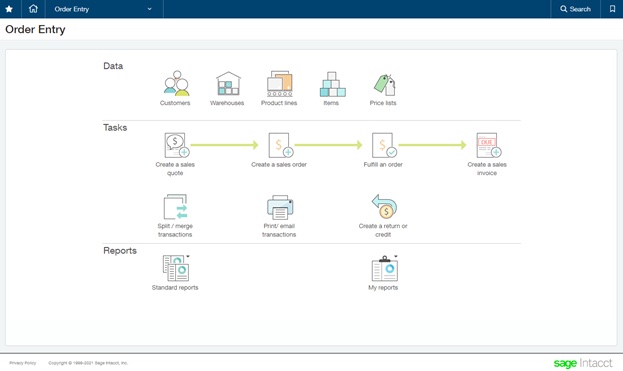HOW DO I CONNECT MY eCOMMERCE SITE TO SAGE INTACCT
...via an Application Programming Interface (API)?Connecting your eCommerce site to Sage Intacct’s accounting system via API can be a complex process, but there are several steps you can follow to make it easier. Here is a general overview of the process:
Suggested Read – What are APIs and how do APIs work?
Step #1 Create an account with Sage Intacct
Step #2 Review Sage Intacct’s API Documentation
Step #3 – Choose an eCommerce platform that integrates with Sage Intacct
Step #4 Install & configure the integration plugin
Schedule a free consultation today
Want to speak to a human about how integrating system softwares via an API? Fill out the form below for a free consultation.
Step #5 Map your data

Step #6 Test the integration
Step #7 Go Live
In conclusion…
In summary, connecting your eCommerce site to Sage Intacct’s accounting system via API involves creating an account with Sage Intacct, reviewing their API documentation, choosing an eCommerce platform that integrates with Sage Intacct, installing and configuring the integration plugin, mapping your data, testing the integration, and going live. By following these steps, you can create a seamless integration that streamlines your eCommerce and accounting operations
Want to speak to a human about how integrating accounting system softwares such as Sage Intacct can lead to saving time and money? Give us a call on 303.473.4000 or click here to get in touch.
Stay tuned for more…
Jeff

Busy running your business? We can help..
Our team of programmers are here to help you with all of your API system integration needs. Click here to start your free consultation today.
READY TO START GROWING YOUR BUSINESS?
Schedule a free, No Obligation Consultation about our Digital Marketing Services
let’s start marketing
Say Hello!
We would love to discuss your project with you. Get in touch by filling out the form below and we’ll contact you asap. Want to speak to a human now? Text or call 303.473.4400

